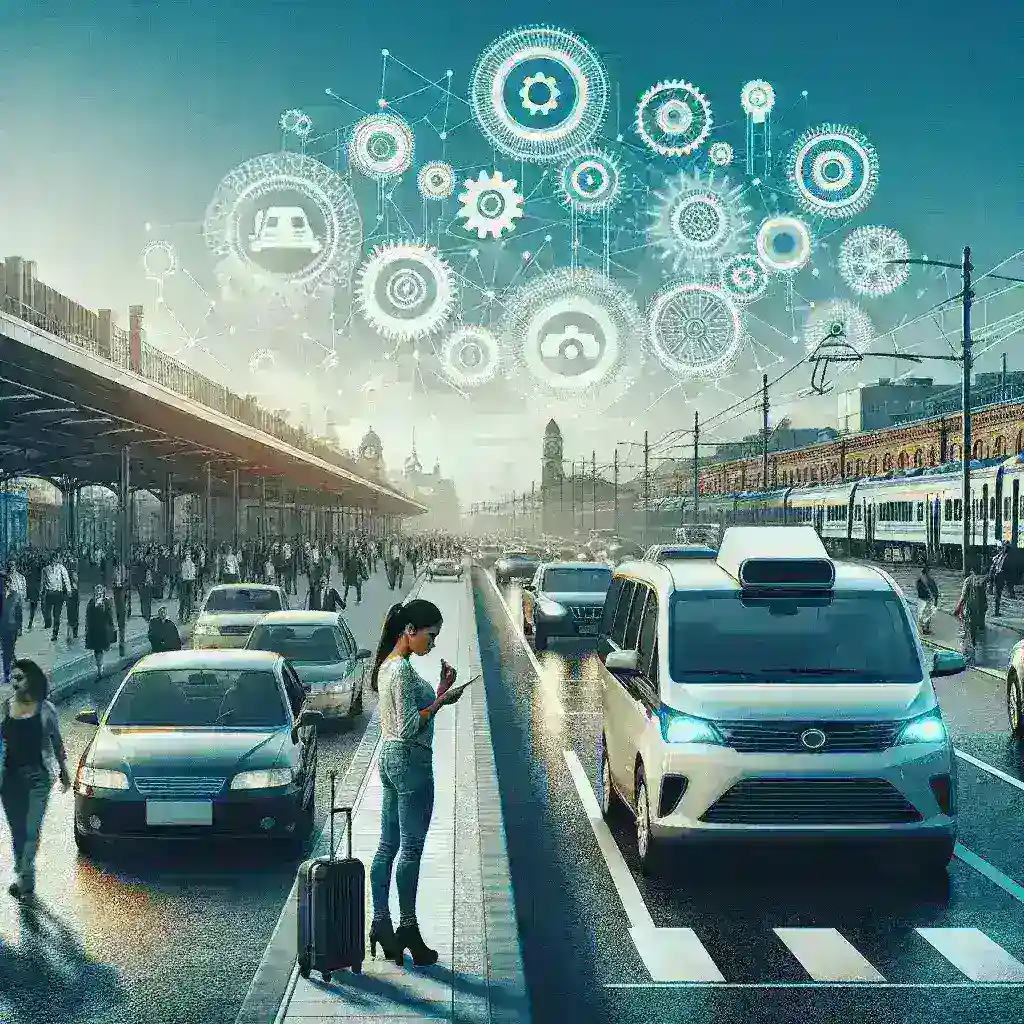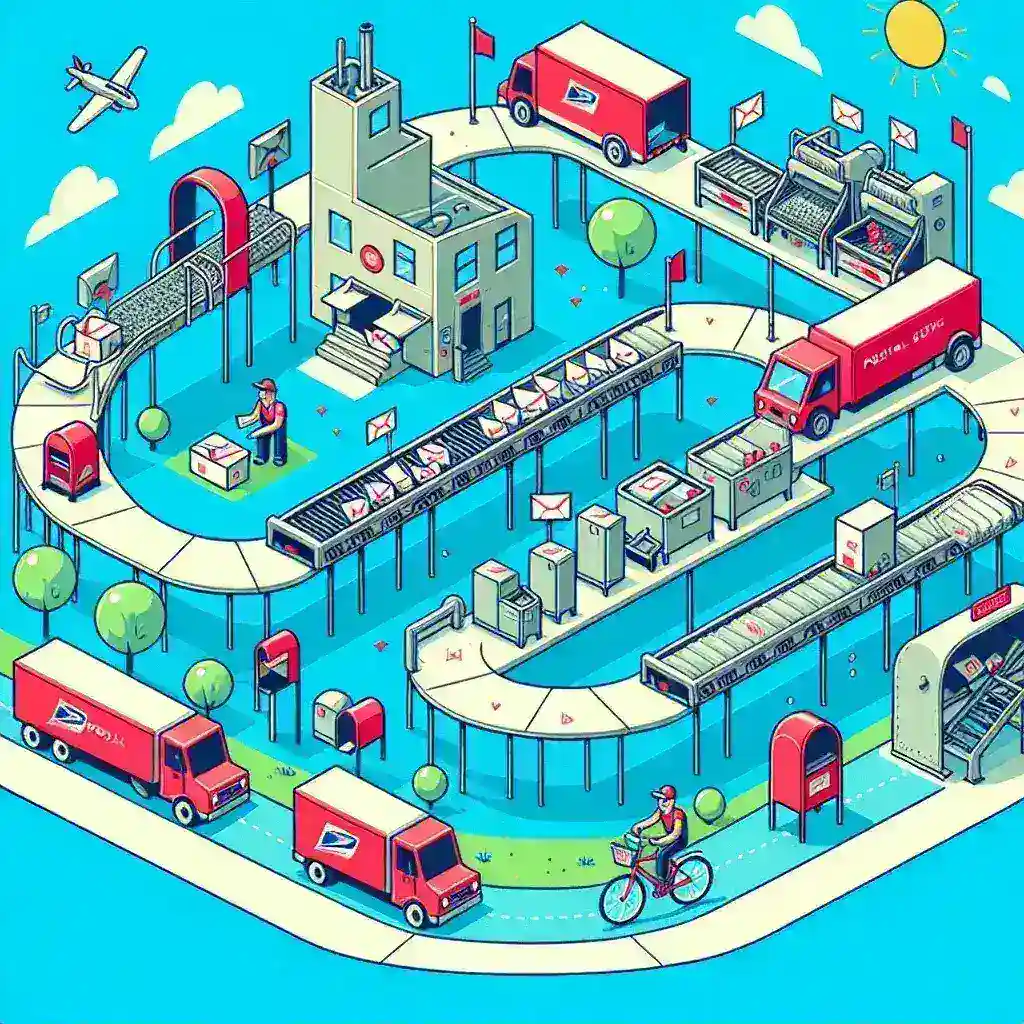Tesla Expands FSD Beta Testing to More States Under Updated Safety Rules
Tesla, the trailblazer in the electric vehicle (EV) industry, continues to innovate and push the boundaries of autonomous driving technology. Recently, the company has announced the expansion of its Full Self-Driving (FSD) beta testing program to additional states, under updated safety rules that aim to enhance the overall efficacy and safety of its autonomous driving features. This article delves into what this expansion means for Tesla, its users, and the future of autonomous vehicles.
Understanding Tesla’s Full Self-Driving Technology
Tesla’s Full Self-Driving (FSD) system is designed to automate the driving process, promising a level of convenience and safety that could revolutionize the transportation industry. The technology utilizes a combination of cameras, sensors, and powerful AI algorithms to navigate through complex environments, make real-time decisions, and learn from user behavior. Currently, Tesla’s FSD is in beta testing, which means that its features are being tested in real-world scenarios by a select group of users before being rolled out to the general public.
The Expansion of FSD Beta Testing
With the updated safety rules, Tesla has decided to broaden the reach of its FSD beta program, allowing more users in various states to participate in this testing phase. This move is significant for several reasons:
- Increased Data Collection: By expanding the beta testing to more regions, Tesla can gather diverse data from different driving conditions and environments. This data is crucial for refining the FSD algorithms and improving system reliability.
- Enhanced User Experience: More participants mean more varied feedback, which can help Tesla iron out bugs and enhance the user experience with the FSD system.
- Regulatory Compliance: The updated safety rules are designed to ensure that Tesla’s technology meets safety standards, making it more acceptable to regulatory bodies and the public.
What are the Updated Safety Rules?
The updated safety rules introduced by Tesla are comprehensive and focus on ensuring that the FSD system operates within safe parameters. Some key aspects of these rules include:
- Enhanced Monitoring: Tesla will implement more stringent monitoring of the FSD beta users to ensure they are actively engaged while using the system. This includes regular checks on driver attentiveness and responsiveness.
- Improved Safety Protocols: The updated rules emphasize the importance of safety features, such as automatic braking and lane-keeping assist, making them more robust and reliable.
- Clearer User Guidelines: Tesla aims to educate beta testers on how to use FSD responsibly, outlining best practices and potential limitations of the technology.
The Future of Autonomous Driving
The expansion of FSD beta testing comes at a time when the demand for autonomous driving solutions is on the rise. As urbanization continues to grow and traffic congestion becomes a pressing issue, the need for safer, more efficient transportation solutions is greater than ever. Tesla’s advancements in FSD technology could play a pivotal role in shaping the future of transportation.
Potential Benefits
The benefits of Tesla’s FSD expansion are numerous:
- Decreased Traffic Accidents: With improved technology and extensive testing, FSD could lead to a reduction in traffic accidents caused by human error, which accounts for over 90% of all accidents today.
- Time Savings: As FSD technology matures, it could enable significant time savings for commuters, allowing them to focus on other activities while traveling.
- Environmental Impact: The transition to electric vehicles paired with autonomous driving could reduce emissions and promote a more sustainable future.
Challenges Ahead
Despite the promising outlook, several challenges remain:
- Regulatory Hurdles: Navigating the regulatory landscape for autonomous vehicles is complex and can slow down deployment efforts.
- Public Acceptance: Gaining public trust in autonomous systems is crucial. Many people are still hesitant to embrace self-driving cars, primarily due to safety concerns.
- Technological Limitations: While Tesla’s FSD technology is advanced, it is still not foolproof. Continuous improvements and updates are essential to ensure safety and reliability.
Expert Opinions
Industry experts have weighed in on Tesla’s expansion of FSD beta testing. According to Dr. Sarah Thompson, an autonomous vehicle expert, “Tesla’s commitment to refining its FSD technology through real-world testing is a significant step forward. The ability to collect diverse data from various states will enhance the system’s learning process and ultimately lead to safer driving experiences.”
Real-World Examples
As Tesla expands its FSD beta testing, several real-world examples showcase the potential of this technology:
- Urban Navigation: In urban environments, Tesla vehicles equipped with FSD have demonstrated the ability to navigate complex intersections, avoid obstacles, and parallel park without driver intervention.
- Highway Driving: On highways, Tesla’s FSD has enabled seamless lane changes, adaptive cruise control, and automatic merging, significantly easing the driving experience.
Conclusion
The expansion of Tesla’s Full Self-Driving beta testing to more states under updated safety rules marks a pivotal moment in the evolution of autonomous driving technology. As Tesla continues to refine its systems and gather valuable data, the potential benefits for users, cities, and the environment are significant. However, with great innovation comes great responsibility, and ensuring safety and public trust will be paramount in the journey towards fully autonomous vehicles.

